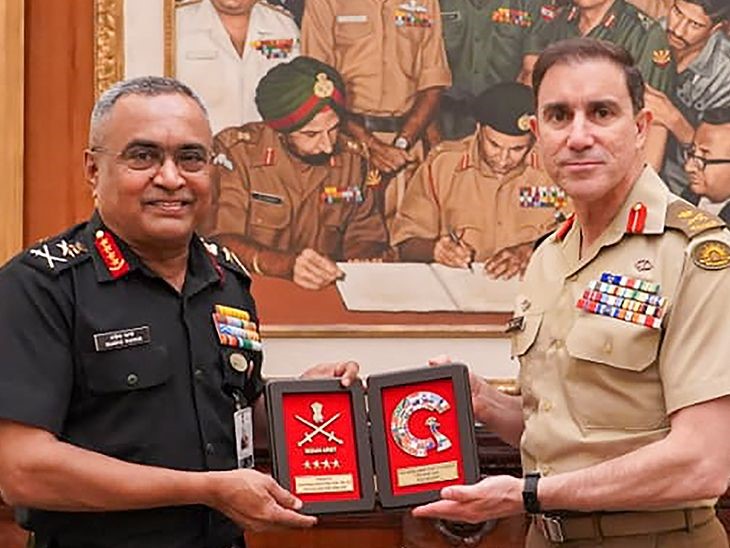Free Courses Sale ends Soon, Get It Now


Free Courses Sale ends Soon, Get It Now



Disclaimer: Copyright infringement not intended.
Context
Indo-Pacific Armies Chiefs’ Conference
About
Theme
Significance
Highlights of the 13th IPACC
Central Message of 13th IPACC
Importance of Indo-Pacific
Analogy: ‘Circle of Concern’ and ‘Circle of Influence’
Importance of Collaboration
Need for expansion
India’s Commitment and Vision
Significance
|
PRACTICE QUESTION Q. India stands for a free, open, inclusive, and rules-based Indo-Pacific Region in the pursuit of shared security and prosperity. India's efforts towards building robust military partnerships with friendly countries underscore its commitment to not only safeguard national interests but also address global challenges faced by all. Elucidate. |
© 2024 iasgyan. All right reserved